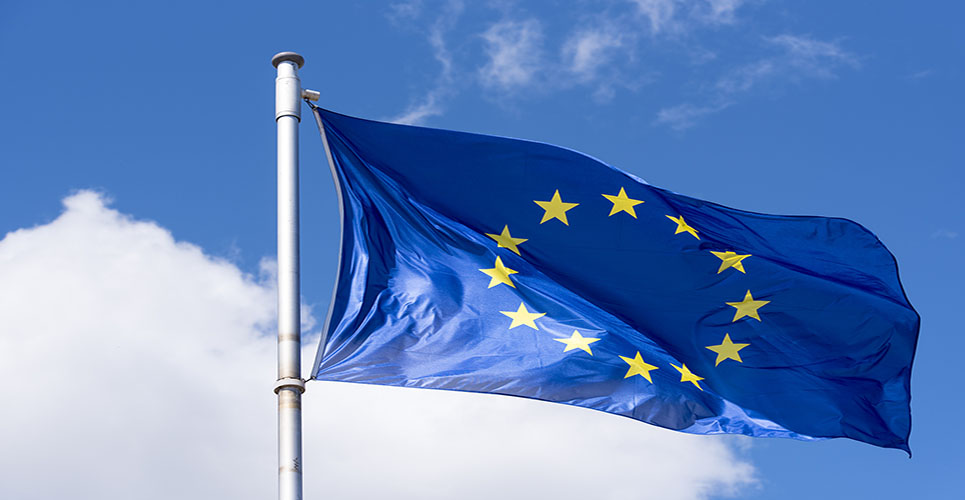teaser
Brian Edwards CBE
Professor of Healthcare Development
University of Sheffield
UK
One of the attitudes that are common to all leading politicians in Europe is the view that health systems are inherently inefficient, and the politicians are constantly searching for means to make them more cost-effective. The UK has imposed efficiency targets on the NHS for many years. In Germany, which is still striving to emerge from its own economic crisis, Schröder’s government has introduced new charges for seeing a doctor and has cut health insurance contributions from 14.4% to 13% of gross wages. This will work its way through to a major cut in health expenditure by the German government. The health sector, like the rest of the German economy, will be affected by the relaxation of employment laws, making it easier and cheaper for employers to shed manpower. Unemployment benefits are to be sharply reduced to a maximum of one year (18 months for the over-55s), and the retirement age will be raised to 67 from 2011. The top rate of tax is to be reduced from 48% to 42% – still higher than the top rate in the UK, which is still fixed at 40%. But even this is not enough, and plans are being developed to deregulate pharmacies and cut the range of drugs that doctors can prescribe. In the UK, with a stronger economy, the Blair government is sustaining a major increase in NHS expenditure with the aim of reaching European average levels of 9.4% of GDP by 2008. Despite this, the pressure for cost containment is still in place in the UK.
Drug expenditure has always been a favourite target for politicians, and the huge variations in prescribing practice makes this inevitable. The use of cheaper generic drugs once patent licences expire is now pretty much core policy for all countries. In the UK and a few other countries, including Spain and Sweden, an attempt has been made to underpin the economic control processes with some rationality. So new drugs in particular have to go through an independent evaluation by organisations such as NICE (National Institute for Clinical Excellence) before they can be prescribed in the NHS. A “EuroNICE” can only be just around the corner, particularly as there is a move to evaluate other clinical procedures, including surgery. To begin with, the delays these reviews caused acted as a brake on expenditure, but NICE is now regarded as a significant generator of cost pressure. Once a drug is approved by NICE, the whole system has to make it available to patients if prescribed by a physician or by nurse prescribers. For new drug discoveries, getting a good NICE evaluation represents a remarkable sales boost. Getting one that applied across the whole of Europe would be the equivalent of winning the jackpot. Inflationary as a NICE evaluation may be, it does seem to be a powerful way of encouraging effective clinical practice.
One area that is often discussed as a means for achieving greater efficiency is a European strategy for the procurement of commodities and services ranging from medical equipment to food and housekeeping materials as well as drugs and medical dressings. The NHS in England alone spends two billion pounds a year on medical equipment. Add this to the total spend by other European health sectors and the market size is phenomenal. Some parts of industry have already recognised this and have developed their sales and service organisations on a European basis. The further standardisation of more common user items could produce enormous economic benefits as well as acting as a reliable quality assurance measure. It might also promote and protect a growing European health industry from inappropriate competition. Progress has been slow in this area, perhaps because health systems are still not regarded as a legitimate area of competency for the Commission. It’s yet another of those European challenges waiting to be dealt with.

